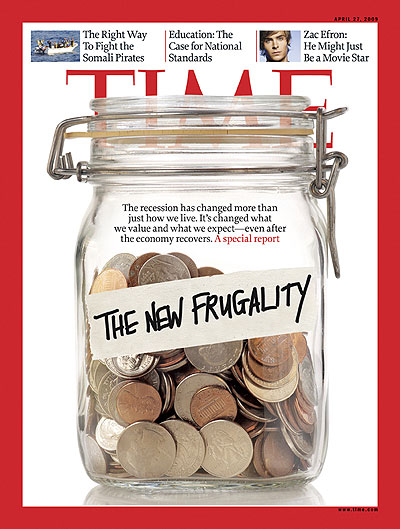I took issue with a bigoted and misleading write-up by a group of “elite” film photographers at Anti Lomography with my previous post.
Someone, who posted a comment under a link to rangefinderfilipinas.com, replied:
Sorry, but you missed the point. Or a lot of points, I should say. If you read past the ‘about’ page, you’d see what you’d missed.
For instance, it’s not against post processing per se. It’s about EXCESSIVE postprocessing that takes the ‘photography’ out of, well, photography. It’s about using things like extreme HDR or making people have skins like bronzed rubber vinyl.
“1 hour lab processing”? If you looked at the tags, you’d note that a good number indicate some form of developing reference. In BW. Since when did 1 hour labs run D76 or Rodinal? Would you have that where you are? Many of the photos posted there also originate from prints – some conventional bromides, some alternative prints. And of the scans, many were subjected to some form of post processing- just enough to make them look right, and restore what the machine missed. The machines and software used often don’t render things as how the photographer saw the image. Just enough to put back what was lost. Not as far as making neon sunsets or plastic skins.
But then again, you probably did not see all these, did you?
I don’t understand why people write things that they do not mean, and put it up on a page that seeks to explain their reason of being.
Nowhere in the writeup did it state that the group is only against extreme post processing. In fact, the writeup is clearly against any form of digital post-processing (and of course, everything anything else but their form of film photography).
Here are some highlights from the write-up:
“Plus, we compose and calculate our exposure with our minds and eyes before the shot is taken; not with Photoshop after the image is captured.”
“The capture of a beautiful image can be taken in just an instant, but the making of that image could be due to years of study and learning. All done without the help of Photoshop!”
“Digital is one of the best ways to learn photography but when you get sick of “post processing” buy an old film camera and discover yourself and further discover photography.”
Any clear-minded person would come to the same three conclusions based on this bigoted and clearly misleading writeup: one, film photography requires no post processing (“All done without the help of Photoshop!”); two, any form of post processing is bad; three, film photographers are superior because they don’t ever need to post process their photographs.
I’m very wary of people who loudly proclaim the superiority of one medium over another, but provide no objective evidence other than subjective claims such as their preferred medium having “emotion, feeling, depth and texture to a good film image that is just not there in a digital shot.”
The site ostensibly claims to be anti-lomography. But in reality, it really is a pro-film and anti-everything-else group.
Ironically, many of the photos found on Anti Lomography looks just like the lomographs that they claim they’re out against.
